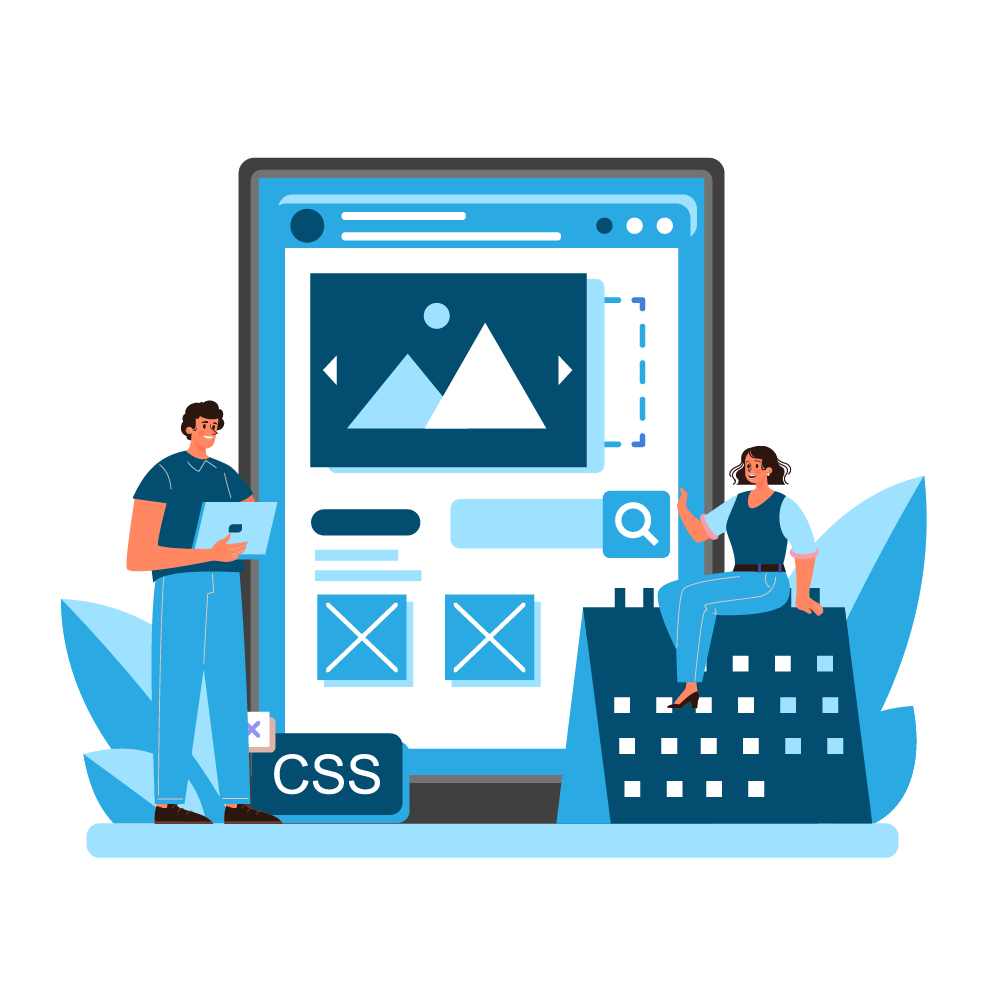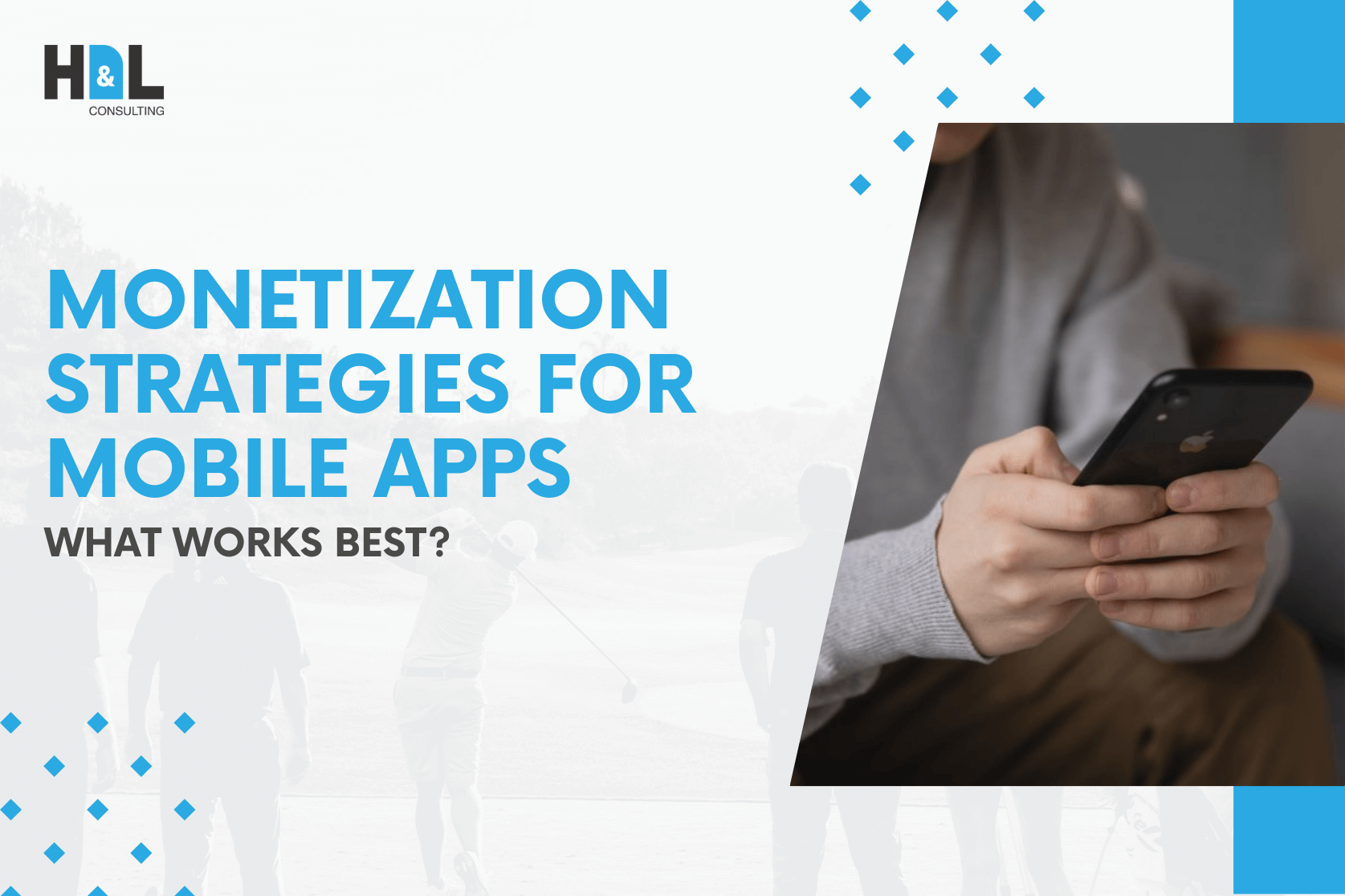An app’s monetization is effective only if it can maximize the returns on investment made and sustain your business. Given such a wide variety of options for monetization strategies, it’s quite important to make the right choice that resonates best with one’s target audience and business goals. In this blog, let’s explore some of the best mobile app monetization strategies and how they have their benefits.
In-App Purchase:
IAPs allow users to purchase additional features, content, or virtual goods within the app. This strategy is very popular with gaming apps, and allows users to buy so many things to support the app, such as power-ups, skins, and currency. Ensure the purchase options enrich the user experience without being intrusive. Various types of purchase options made available at various price points will cover most users.
Subscription Models
Subscription model allows end users access again to premium content or services for recurrent payment. This model traditionally follows most of the content-based apps, such as streaming, news, or fitness. Subscriptions can be offered in different models like monthly, quarterly, or yearly. Offer exclusive content, regular service updates, and user experience in a seamless way to generate an interest in and retain subscribers. Offer free trials and discounted introductory rates to incite users to go for a subscription.
Ad-Based Monetization
Ad-based monetization would be in-app advertisements to monetize their advertisers. This is one of the most common strategies free apps use to generate money.
This enables the users to utilize the app for free, with advertisements being shown. One can use the different formats of ads, which include banner ads, interstitial ads, video ads, and native ads. To maximize ad revenue, use targeted advertising and let your users see relevant ads. This will help to not upset the user experience by balancing the frequency and placing ads appropriately.
Freemium Model:
The freemium approach means offering the app for free for basic functionality and then charging for feature functions or content. Through this model, users can first get used to an app before making a decision to buy one. To launch with a freemium model, ensure the free version has features appealing enough to catch interest, while the premium version contains useful features. Use in-app messaging and push notifications to give users an incentive to upgrade to the premium version by enumerating the key benefits they will derive from it.

Sponsorships and Partnerships:
Branded Content and Brand Partnerships Engage with already existing brands or companies for advertising or promoting their goods or services on the app. The strength of this kind of strategy is that it works the best for niche apps with a captive audience. Sponsorships could come in various forms like branded content, sponsored challenges, or even exclusive offers. Show off the value and engagement of your app’s audience to interest sponsors. Make sure the sponsored content aligns with the theme and interests of the app.
Affiliate Marketing
Affiliate marketing is an application of promoting third-party products or services through an app, making a commission out of every sale or lead. This could be through in-app advertisements, recommended products, or special offers. All you need to do to thrive in this strategy is to join an affiliate program that fits your application’s niche and the audience it attracts. Make valuable and relevant recommendations, and thus, build trust to increase conversion.
Paid Apps
A simple way to make money from the app is to have customers pay a one-off amount to download it.
This kind of model of monetization works particularly with apps that offer very unique features or value that should justify some upfront cost. To make users move to a paid app, clearly give the value proposition and display good reviews and ratings. Offer periodic discounts or promotions to encourage downloads. Note that having a paid app model might have fewer app users gained overall than a free or freemium model, although not in all cases. Crowdfunding:
Crowdfunding: Raise money to develop or upgrade the app with the users and supporters on platforms like Kickstarter, Indiegogo, or Patreon. Success with crowdfunding depends heavily on a well-designed campaign that clearly displays the most beneficial and awesome features of your app. Offer a good set of rewards or incentives that are relevant to your backers, such as early access, exclusive content, or co-branded merchandise. Engage with your supporters and release updates on the progress.

Final Thoughts
The monetization strategy for your mobile app may depend at several aspects. This may include aspects such as your audience reach, the type of app, and the business objectives that you intend for the app. Every plan has its benefits and at the same time, the challenges that go with it, so it is important that a critical analysis of the positives and negatives is done and club a number to strike the maximum return. Powerful monetization strategies will help you make the bottom line quite handsome and sturdy at the same time.
If you are looking for an experienced IT provider, H&L Consulting is the best option. With years of experience, we specialize in mobile app development, web app development, staff augmentation, and robot process automation. Our staff of over 30 highly qualified IT consultants and developers can handle projects of any scale. We are committed to supporting your goals after successfully delivering over 50 solutions to clients throughout the world. Contact us for a full discussion, knowing that H&L Consulting is prepared to fulfill all your IT demands with specialized, effective solutions.









